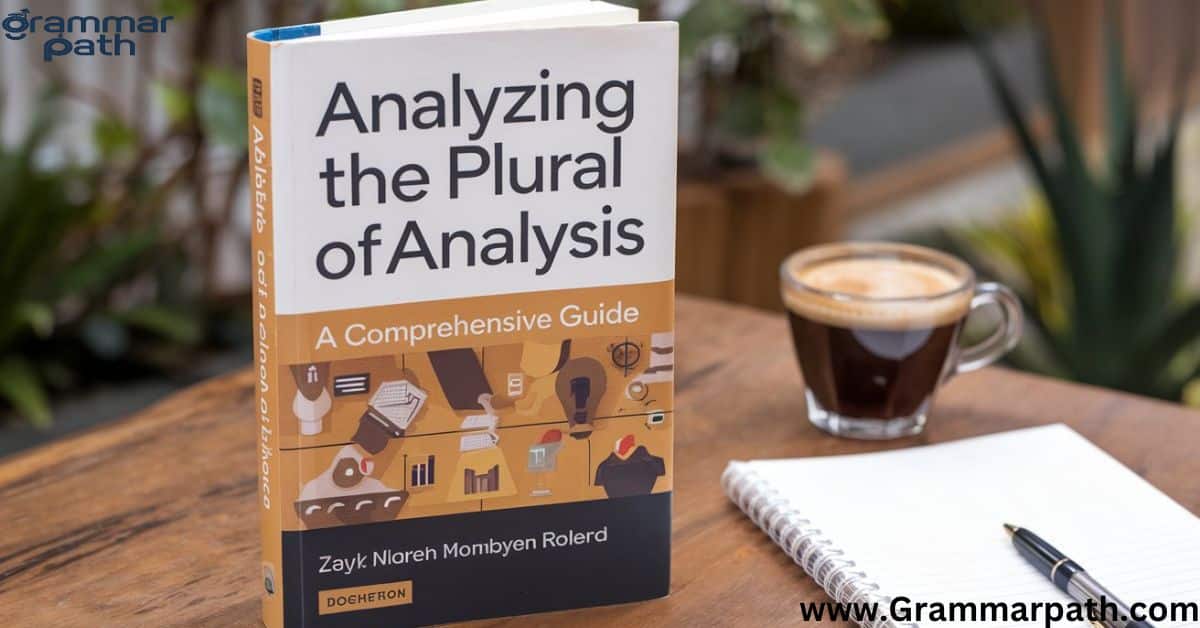
Plural Noun – Rules, Types and Examples
Nouns are a fundamental part of speech in the English language, and understanding how to manipulate them is crucial for effective communication. One of the key aspects of nouns is the plural form. Plural nouns are essential because they indicate that there is more than one person, thing, or concept. Whether you’re writing an essay, a story, or having a casual conversation, using plural nouns correctly ensures clarity and precision. In this article, we will explore the rules, types, and examples of plural nouns.
What Are Plural Nouns?
A plural noun refers to a noun that denotes more than one person, animal, thing, or concept. While singular nouns refer to one item or entity, plural nouns indicate two or more. The general rule for forming plural nouns in English is to add an “s” at the end of the word. For example:
- Dog → Dogs
- Car → Cars
- Book → Books
However, like many aspects of English, the pluralization of nouns is not always straightforward. There are several exceptions, irregular forms, and special cases to consider when forming plurals. Let’s break down the rules for making plural nouns.
Basic Rules for Forming Plural Nouns
- Add “s” to most nouns The simplest rule for pluralizing a noun is adding “s” at the end. This rule applies to the vast majority of nouns in English. Here are a few examples:
- Chair → Chairs
- Computer → Computers
- Flower → Flowers
- Nouns ending in “s,” “x,” “z,” “ch,” or “sh” For nouns that end with the letters “s,” “x,” “z,” “ch,” or “sh,” you add “es” to form the plural. This is to make pronunciation easier and smoother. For example:
- Bus → Buses
- Box → Boxes
- Buzz → Buzzes
- Church → Churches
- Dish → Dishes
- Nouns ending in “y” When a noun ends in “y” and the letter before it is a consonant, you change the “y” to “ies” to form the plural. For example:
- Baby → Babies
- City → Cities
- Country → Countries
- Boy → Boys
- Key → Keys
- Nouns ending in “f” or “fe” Many nouns ending in “f” or “fe” change the “f” to “v” and add “es.” For instance:
- Wolf → Wolves
- Life → Lives
- Knife → Knives
- Roof → Roofs
- Chef → Chefs
- Nouns ending in “o” Nouns that end in “o” follow different rules. If the “o” is preceded by a consonant, you generally add “es” to form the plural. For example:
- Tomato → Tomatoes
- Potato → Potatoes
- Piano → Pianos
- Radio → Radios
Irregular Plural Nouns
Not all nouns follow regular pluralization rules. Some nouns are irregular, meaning their plural form is not created by simply adding “s” or “es.” Instead, these nouns change completely. Below are common examples of irregular plural nouns:
- Man → Men
- Woman → Women
- Child → Children
- Foot → Feet
- Tooth → Teeth
- Mouse → Mice
- Goose → Geese
- Cactus → Cacti
- Bacterium → Bacteria
Irregular plurals are often formed through vowel changes or completely different words. It’s important to memorize these forms because they don’t follow a standard rule.
Nouns with No Plural Form
Some nouns do not have a plural form. These are called uncountable nouns. Uncountable nouns refer to things that are seen as a whole or mass and are typically not counted individually. Common uncountable nouns include:
- Information
- Advice
- Water
- Furniture
- Rice
- Laughter
While these nouns cannot be made plural, they can still be quantified by using specific expressions like “some,” “a piece of,” or “a bit of.” For example:
- “I need some water.”
- “I have a piece of advice.”
Compound Nouns and Pluralization
Compound nouns are created when two or more words are joined together to form a single noun. The rules for pluralizing compound nouns depend on the structure of the compound. Let’s look at a few scenarios:
- If the compound noun is made up of two nouns, the plural is added to the main noun. For example:
- Mother-in-law → Mothers-in-law
- Passerby → Passersby
- If the compound noun is made of an adjective and a noun, the plural is added to the noun. For example:
- Greenhouse → Greenhouses
- Blackboard → Blackboards
- If the compound noun is made up of a verb and a noun, the plural is added to the noun. For example:
- Breakdown → Breakdowns
- Pickpocket → Pickpockets
Special Plural Forms: Foreign Words
Some words borrowed from other languages retain their original plural form, which may not follow English pluralization rules. These are often used in specific contexts such as academic, artistic, or legal language. Examples include:
- Crisis → Crises (from Greek)
- Thesis → Theses (from Greek)
- Formula → Formulae (from Latin)
- Datum → Data (from Latin)
In some cases, however, English has adapted the plural form of borrowed words to fit its own rules. For instance:
- Memo → Memos (not Memos from Latin)
- Cactus → Cacti (though Cactuses is also acceptable)
Conclusion
Understanding plural nouns and their formation is a crucial part of mastering the English language. While many plural forms are created by adding an “s” or “es,” there are numerous exceptions, irregular forms, and special cases that make English both challenging and fascinating. By following the general rules and learning the irregular forms, you can navigate pluralization with ease and communicate clearly. Whether you’re writing formally or informally, using plural nouns correctly will enhance the accuracy and precision of your communication.






